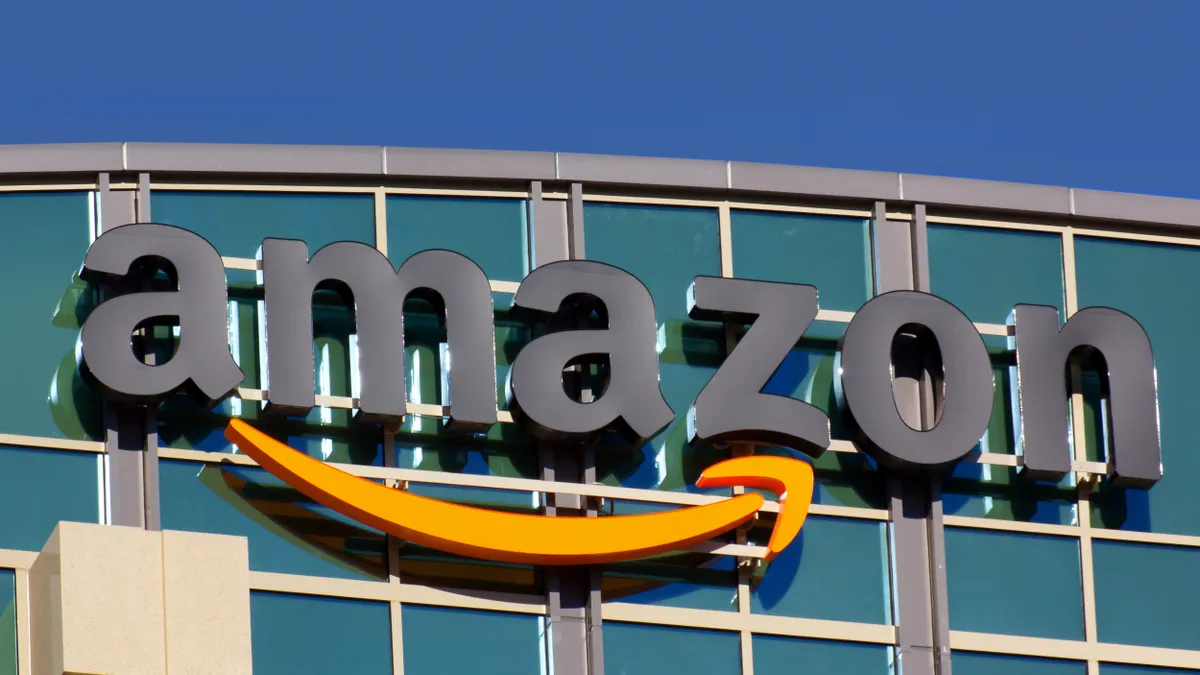Dive Brief:
- Amazon will share half of its space in a new Seattle office building with a local homeless shelter, according to The New York Times.
- The online retail giant is expected to break ground on the six-story building later this year, and the shelter, Mary's Place, will utilize 47,000 square feet — which will provide space for 220 people and their pets. The shelter will have its own entrance and elevator service.
- The move is thought to be part of a company campaign to boost its philanthropic credibility after recent accusations that Amazon is contributing to gentrification in Seattle and utilizing high-pressure tactics to drive worker performance.
Dive Insight:
Last year, Amazon permitted the Mary's Place shelter take up residence in a hotel it owned. That hotel will be demolished, according to Business Insider, in order to make way for two new Amazon buildings, one of which includes the new homeless shelter. The company said it will spend tens of millions of dollars on designing the new facility and will not charge the shelter rent. Mary's Place will pay its own staff costs.
Amazon has been dominating the Seattle commercial real estate market, with most of its activity in the South Lake Union part of town. By the close of 2016, Amazon had acquired a total of 8.5 million square feet across Seattle, and the company is expected to fill up to 12 million square feet by 2022. Last year alone, Amazon absorbed 69% of the 2.5 million square feet of downtown office space that came online.
Adding to the tech hub activity in Seattle are companies like Facebook and Google, who have established a presence in the South Lake Union area as well. Facebook is adding to its Seattle stock with the lease of two buildings worth $246 million. Those should be finished with construction in the third quarter of 2018. Facebook already has a Seattle office that can accommodate 2,000 workers, but the new digs will allow the company to double that number.
Google also announced a Seattle expansion into four buildings. Google's portion will total 607,000 square feet, but the buildings will also feature ground-floor retail and residences on the upper floors.
In addition to direct employment and construction benefits, these tech hubs can also transform the surrounding community and spur the development of everything from new housing to transportation options. However, as The Times noted, they can also lead to gentrification — a consequence that cities, and in Amazon's case, the company itself, aim to help counteract.














